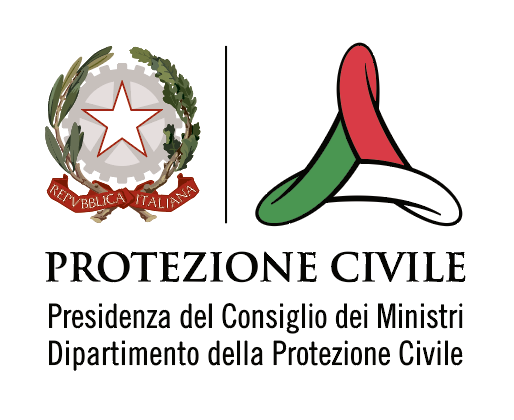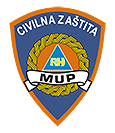Health
The COVID-19 pandemic demonstrated the need to integrate health in national disaster risk management. IPA CARE Programme was developed in response to this.
Work Package 1.1.a – Improved domestic legal and institutional frameworks focusing on health
Responsible consortium partner: MSB, affiliated partner: KI
This work package includes work towards the Programme outcome of strengthened capacities of partner countries to coordinate and communicate across the civil protection and health sectors for effective disaster risk management during emergencies, directly or secondarily affecting health and healthcare.
Strong inter-institutional communication and coordination have been highlighted as key components for effective disaster risk management, as emphasised in the Sendai Framework and the WHO Health Emergency and Disaster Risk Management Framework. Although civil protection is traditionally in charge of overall disaster management, the involvement of the health sector is crucial both when the emergency is directly related to health (i.e., epidemic) or when the emergency has an indirect effect on health and healthcare (e.g., injuries directly caused by an earthquake, disruption of health service provision due to collapse of healthcare facilities).
Mechanisms for coordination between the sectors of health and civil protection already exist in IPA CARE Programme countries. There is, however, a need to strengthen the roles, responsibilities and mandates for health risk management, and pathways for consolidating these into national disaster risk management frameworks, in particular into planning and procedures at local and national levels. IPA CARE Programme activities include, for example, revising, testing and updating already existing frameworks in order to strengthen Standard Operating Procedures (SOPs) and protocols of cooperation between Civil Protection and Health Emergencies institutions.
Work Package 2.1 – Medical Surge Capacity
This work package encompasses work towards the Programme outcome of partner countries incorporating medical surge capacity according to WHO-EMT standards in their national DRM systems.
The Programme assesses current capacities in specific areas based on the four pillars of the WHO EMT-standard:
Systems - e.g., emergency response plans, SOPs, legal frameworks (process will be linked with WP 1.1a)
- Staff - e.g., availability, recruitment, training, retention.
- Equipment – e.g., medical equipment, structures.
- Rapid Response Teams – review of current rapid response teams/mechanisms already set up for emergency medical care.
- This work package includes mentorship, training and purchase of EMT related equipment
Work package 2.3.a - Risk assessment and management focusing on health emergencies
This work package supports the Programme outcomes of increased awareness of pandemic related health risks in disaster risk assessment in partner countries.







